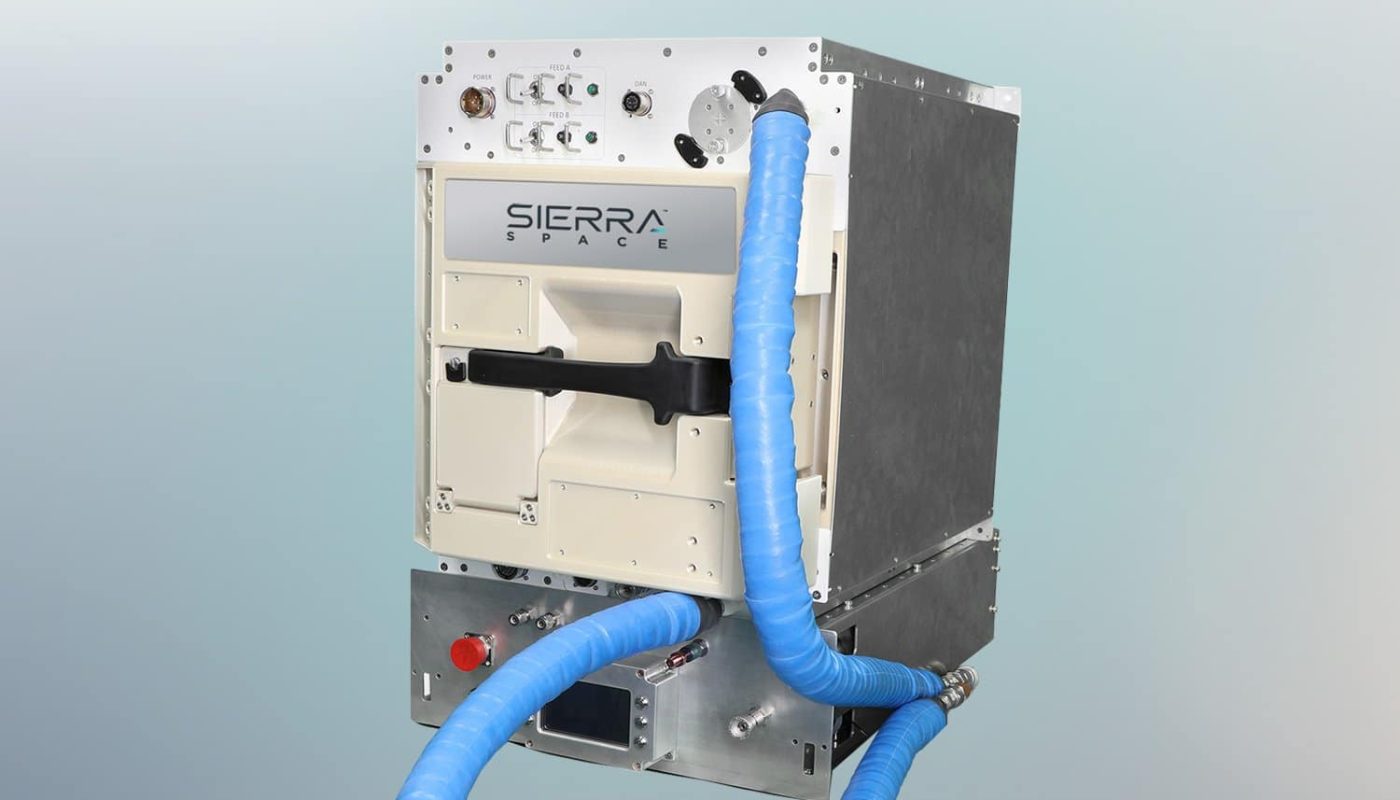Like Wall-E, this lovable trash compactor will help ISS astronauts take out the garbage (photo)
The machine is "essential for the success of crewed space exploration" in places like the moon or Mars.

Sierra Space plans to launch a trash compactor to the space station in two years — and some media outlets say the machine looks like Wall-E.
An International Space Station (ISS) resupply mission in 2026 will send up the Sierra Space trash compactor for testing, company officials stated in a press release on Wednesday (Oct. 16). Like many other space station testbeds, this trash compactor will assess how to deal with the problem of garbage on eventual crewed moon or Mars missions, where disposal will be even more of an issue.
While NASA and space station partners can put ISS trash in cargo spacecraft to naturally burn up on the return to Earth, this is not really a solution at more-distant space locales. The trash compactor, alongside creative reusing and repurposing, would be a way of dealing with human-induced garbage elsewhere in the solar system, Sierra Space's release suggested.
"Long-term space travel requires the efficient use of every ounce of material and every piece of equipment," Sierra Space CEO Tom Vice said in the statement. "Efficient, sustainable and innovative waste disposal is essential for the success of crewed space exploration."
Related: NASA wants fresh ideas for recycling garbage on the moon
The compactor — which Sierra Space has been working on since 2019 — does not appear to be directly inspired by the 2008 Pixar and Disney's 2008 film "Wall-E," which depicts a friendly space robot who takes out human trash.
But besides looking a bit like Wall-E, Sierra Space's machine has a similar goal: it is designed to take trash and transform it into tiles that are not only safe to use but could also be repurposed for extra shielding for radiation in a spacecraft. In addition, the system can extract nearly all the water in garbage for recycling, and other components would remove contaminants for human safety.
Breaking space news, the latest updates on rocket launches, skywatching events and more!
Once launched, the trash compactor will join other recycling efforts aboard the ISS aimed at making long-term space exploration more sustainable. Perhaps the most famous of the set is the water recovery system.
NASA's Environmental Control and Life Support System aboard the ISS uses a processor to safely transform urine into drinkable water, using vacuum distillation. Following years of tweaks and upgrades, the system has an incredible 98% water recovery rate, which lessens the need to ship the heavy liquid from Earth.
The agency plans to use recycling technologies in the NASA-led Artemis program, which aims to send astronauts to the moon's surface with Artemis 3 as soon as 2026. Dozens of nations have signed on to the Artemis Accords to supply technology or, in some cases, simply to agree to international peaceful norms for space exploration. The first human mission, Artemis 2, will fly around the moon with four astronauts as soon as September 2025.

Elizabeth Howell (she/her), Ph.D., was a staff writer in the spaceflight channel between 2022 and 2024 specializing in Canadian space news. She was contributing writer for Space.com for 10 years from 2012 to 2024. Elizabeth's reporting includes multiple exclusives with the White House, leading world coverage about a lost-and-found space tomato on the International Space Station, witnessing five human spaceflight launches on two continents, flying parabolic, working inside a spacesuit, and participating in a simulated Mars mission. Her latest book, "Why Am I Taller?" (ECW Press, 2022) is co-written with astronaut Dave Williams.
